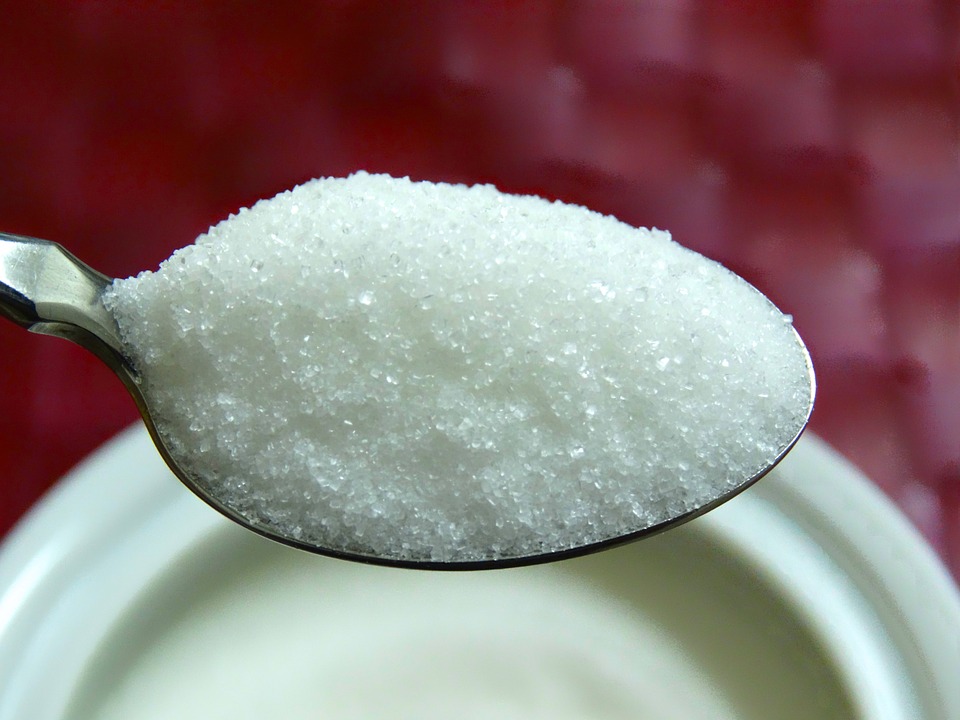America’s sugar industry has been on “welfare” for far too long
03/12/2017 / By Daniel Barker

The effects of sugar subsidies on the American economy are anything but sweet – sugar tariffs and quotas cost the United States more than 100,000 manufacturing jobs while consumers pay higher prices at the supermarket checkout counter.
In fact, sugar subsidy programs force American consumers to pay an extra $2.4 billion per year to finance what many see as a lavish “welfare” program that favors a small privileged sector and lines politician’s pockets while driving the price of sugar in the U.S. to levels far above the global average.
Sugar subsidies were introduced to prop up the U.S. sugar industry, which will never be able to compete with foreign growers due to the simple fact that the climate in the U.S. is unsuited to sugarcane and sugar beet cultivation.
From Real Clear Markets:
“Because of this program, candy companies in the United States pay about double the global average price for sugar. While global prices began trending downwards in 2013, U.S. sugar has surged upwards due to continued reauthorization of the sugar subsidy program and regulations on Mexican sugar imports. This trend has a negative impact on candy makers, especially the small and mid-sized, family-owned companies that don’t have flexibility in their supply chains.”
The sugar subsidy issue has been in the news lately due to a dispute with Mexico over sugar imports. Mexico is by far the largest exporter of sugar to the United States – we import more sugar from our southern neighbor than from all other nations combined, and the trade is hugely lucrative for Mexican sugar growers since sugar prices in the United States are two to three times that of the global average.
From PanAm Post:
“As part of the North American Free Trade Agreement (NAFTA), Mexico was granted special access to the U.S. market. However, Mexican and U.S. government officials strongly disagree over the details of how many benefits were promised to Mexican sugar growers. The years-long controversy recently spurred the Mexican government to cancel all sugar export permits.”
The case illustrates the problem with NAFTA’s bureaucratic maze and the fact that the agreement was never intended to actually promote free trade. As the PanAm Post article points out, the NAFTA agreement is more “akin to the ‘imperial preference’ that Great Britain once provided for members of the British Empire.”
The economic impact of sugar subsidies is a serious concern, but there are also other negative effects associated with what’s been called “America’s least efficient welfare plan.”
For example, the environmental damage caused by attempts to make U.S. sugar crops productive is significant – particularly in Florida, where more than 500,000 acres of the Everglades have been poisoned by phosphorus fertilizers. In other words, sugar subsidies led to the destruction of an entire region’s ecosystem simply because its climate was unsuited to sugar cultivation in the first place.
And that’s not to mention the health issues caused by our American sugar addiction. Partly in response to high sugar prices, in 1984 Coca-Cola and Pepsi began using high fructose corn syrup in their products as a less expensive substitute for sugar.
Since then, many other food producers have adopted the use of high fructose corn syrup in their products. The average American now consumes 55 pounds of high fructose corn syrup per year, an amount higher than anywhere else in the world. In countries where high fructose corn syrup consumption is common, the prevalence of diabetes is 20 percent higher.
Sugar subsidies should simply be abolished along with trade barriers that actually stifle free trade rather than encourage it. America’s sugar industry has been on “welfare” for too long. Stay informed about sugar and other sweeteners at Sweeteners.news.
Sources:
Tagged Under: free trade, NAFTA, sugar subsidies, trade barriers, US sugar industry




















